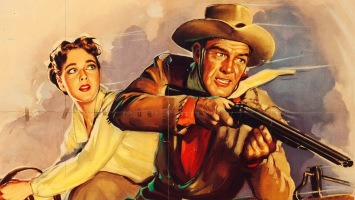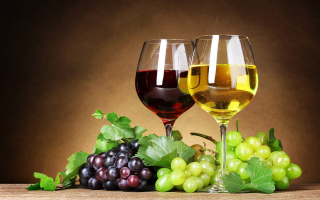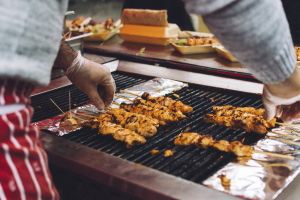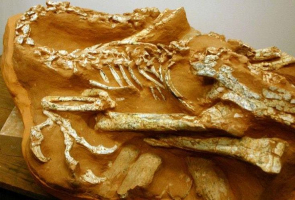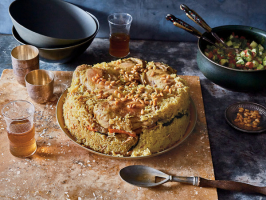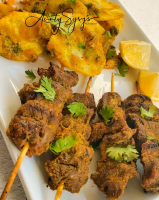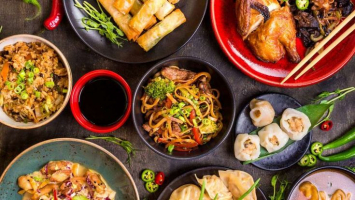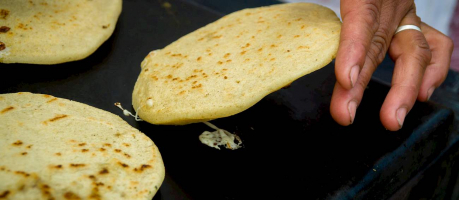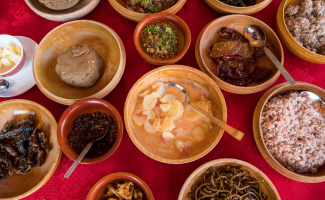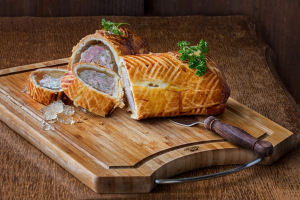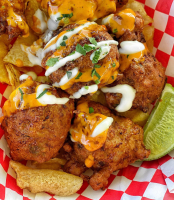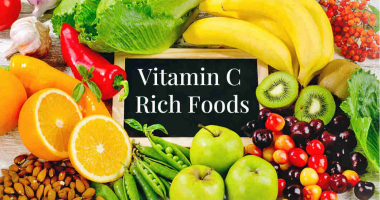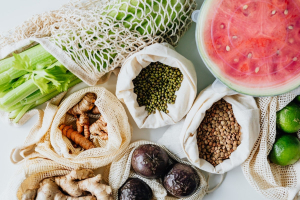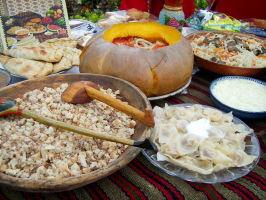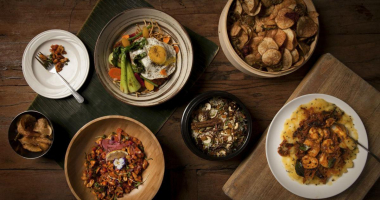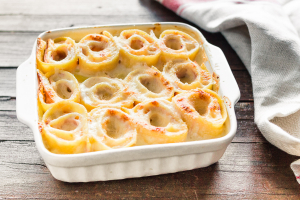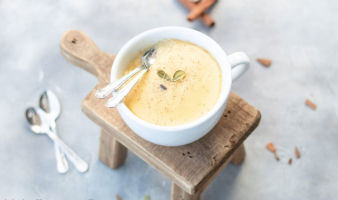Top 10 Bizarre Origins of Popular Foods
For good reason, people spend a lot of time discussing the history of language, culture, and art. However, the history of food is a subject that is frequently ... read more...disregarded. The origins of the foods we eat are frequently intriguing and unexpected. When you know how and why someone came up with that great snack you're munching on, it might give it a new depth that may not necessarily make the meal taste better or worse. So let's start by digging in with some Cheetos and a McRib.
-
It's safe to assume that Cheetos is a well-known snack given its 2017 sales of more than $1 billion. The origin of the cheese curl, a phrase used to refer to any of those puffy, Cheetos-like treats, is however an intriguing one. Technically, these were never intended for human consumption. Really not much food at all.
The Flakall Corporation produced cheese curls for animal feed. The facility that processed grain into animal feed occasionally experienced machine jams. Workers would clean it by putting wet corn through it. The moist maize baked into a puff as it heated up internally.
Keep in mind that this was never intended for human consumption. However, some diligent workers decided to try the puffs since they looked appetizing. Factory worker Edward Wilson brought some home and seasoned it. Hence, the cheese curl was created.
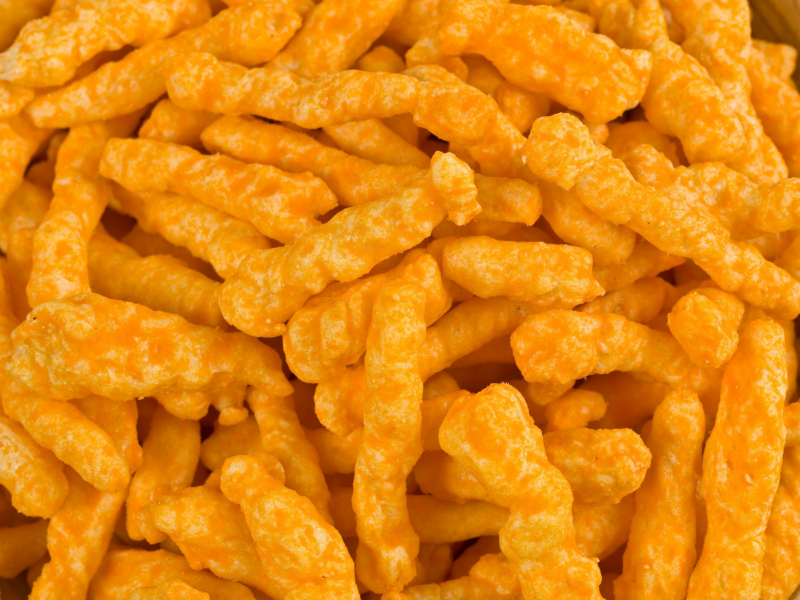
https://www.rd.com/ 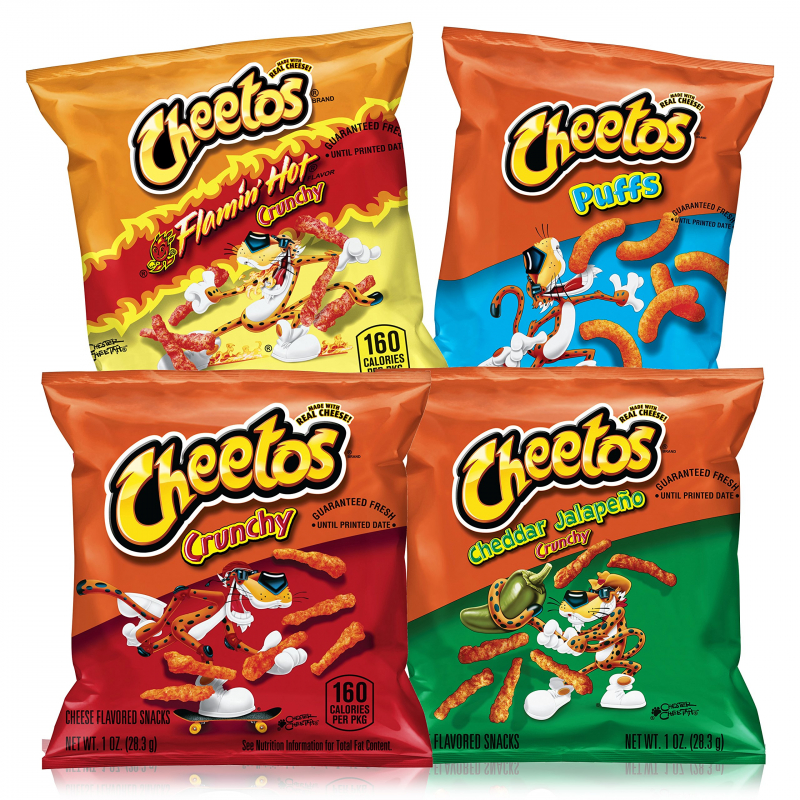
http://guide.alibaba.com/ -
Has the circus ever resulted in anything negative? That is, except from clowns, animal cruelty, and the exploitation of those with impairments. Pink lemonade, a summertime favourite that is essentially identical to regular lemonade but is, you know, pink, can also be credited to the circus.
Lemonade as we know it has a very lengthy history. Drinks with sugar and lemon have been around for ages. In 1630, lemonade made with only lemon, water, and honey was discovered in Paris. The first time pink lemonade is mentioned in print is in 1879, when it is associated with the circus, where it was initially served.
Strangely enough, there are two tales that can be used to explain how pink lemonade came to be. Although they are both accidents, one is more unsettling than the other. According to one tale, Henry Allott, a circus employee, accidentally spilled red cinnamon candy into a vat of lemonade and decided to sell it nevertheless.
In the second rendition, circus employee Pete Conklin makes lemonade while pulling a rat out of the water. He retrieved a neighbouring washtub from which pink tights had been washed, and he used that instead.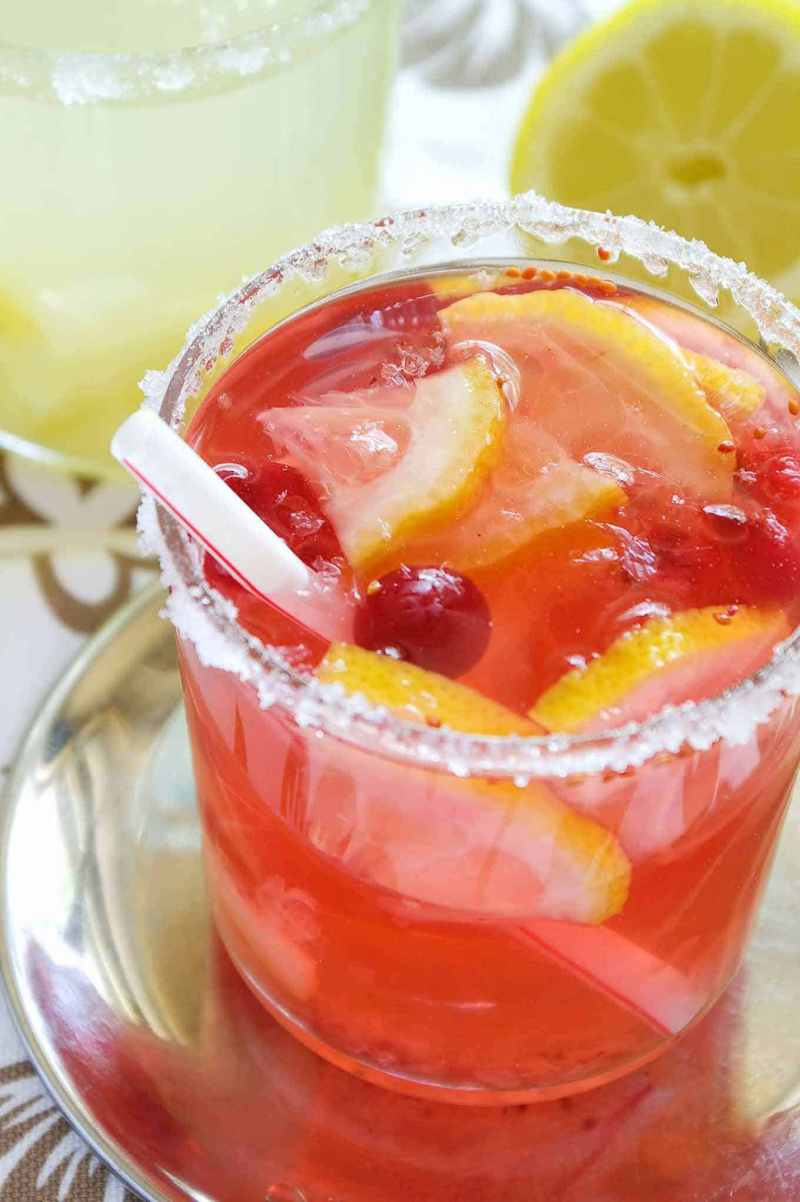
http://www.mygourmetconnection.com/ 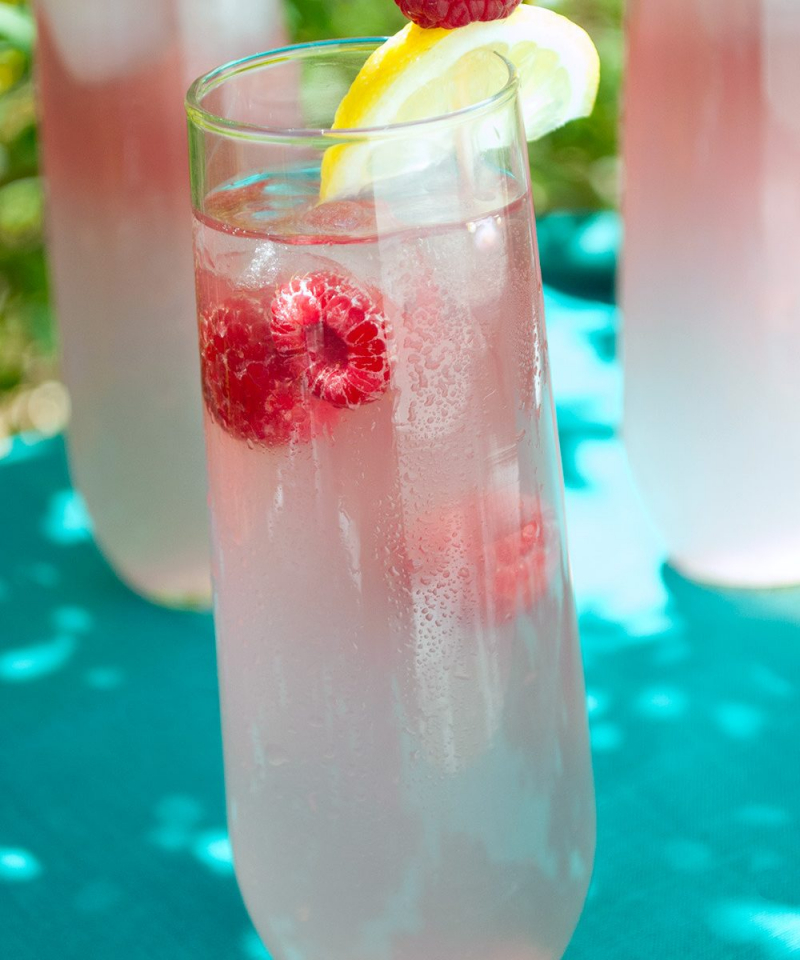
https://demanddeborah.org -
One of the most distinctive fast food dishes in history is the McRib from McDonald's. It has evolved into the Bigfoot of fast food, emerging at random and only for a little period of time, enticing enthusiasts to find it while they can before it disappears once more.
Although there is not a single bone in the patty, the McRib is designed to resemble ribs. But since it is pork, it has become a cult favourite due to its rarity. Even an episode of The Simpsons parodied its attractiveness. Ironically, it only exists as a result of a lack of chicken.
As was previously established, Americans adore nuggets. They caused a chicken shortage when they first appeared on the market in the late 1970s. To keep customers happy, the McRib was created as a chicken substitute. Although it was never particularly well-liked, the pattern of its reappearance and disappearance made it attractive, and the tale developed as a result.
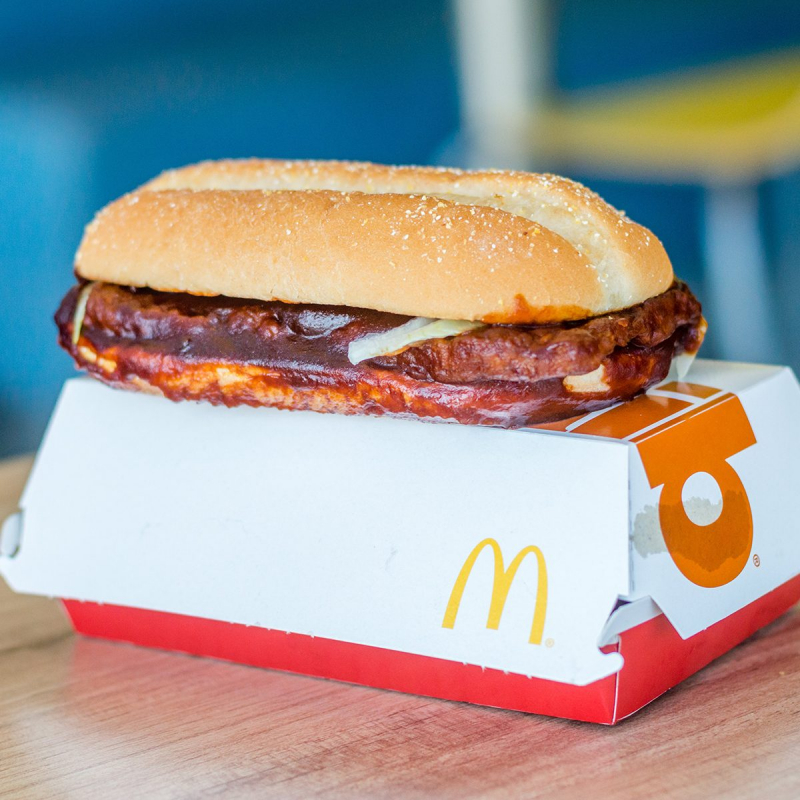
https://www.tasteofhome.com/ 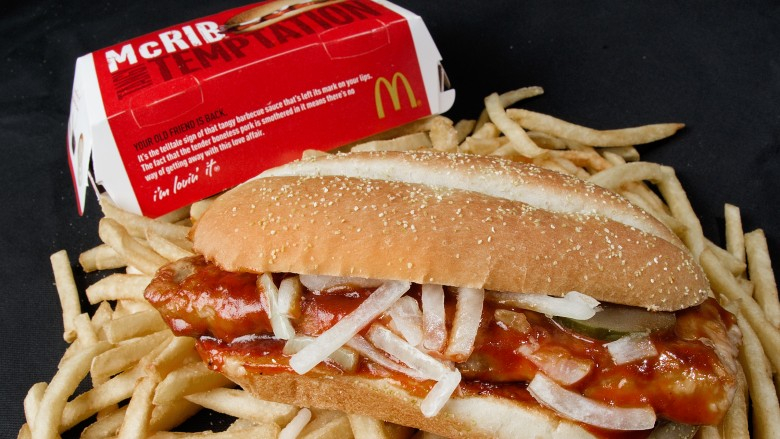
https://www.mashed.com/ -
A common childhood beverage is fruit punch. That intensely red, extremely sweet combination, which may contain all of the fruits combined. However, its roots are not as wholesome as you may imagine and are pretty shady. Tailoring used to be an incredibly difficult profession. Pirates, storms, scurvy, and poor beer were all concerns in the 1600s. Your beer got worse the longer you were at sea. Skunky beer is unpleasant if you've ever had it. Therefore, sailors need a different beverage. The solution was fruit punch.
Punch's original 1638 recipe called for "aqua vitae (essentially powerful alcohol), rose water, citrus juice, and sugar." Punch made alcohol more palatable at the time since alcohol, particularly rum, was unpleasant to consume straight. In essence, they were attempting to blend extremely potent and abrasive spirits into a more delicate type of wine.
The citrus aided in scurvy prevention at sea. At social gatherings, the wealthy displayed their enormous punch bowls because it had become the in-thing to drink at home. Soon after, versions with less alcohol and more juices were created, and this helped modern fruit punch gain popularity.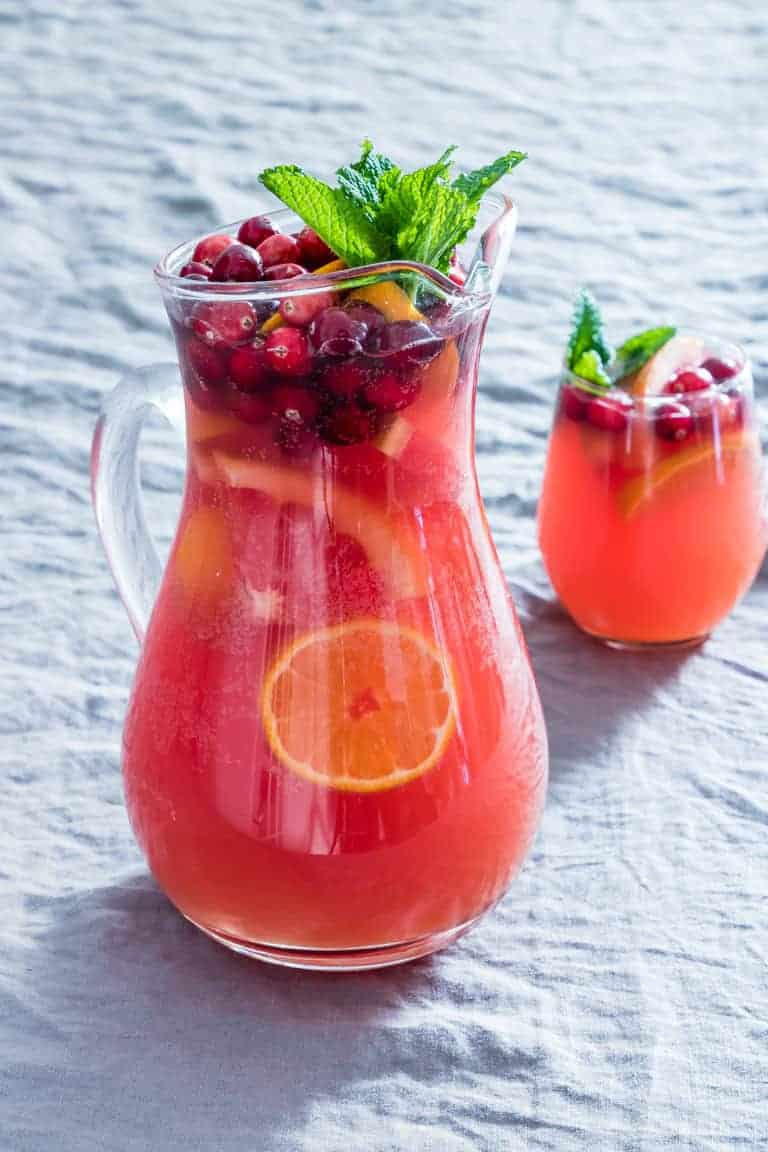
https://recipesfromapantry.com 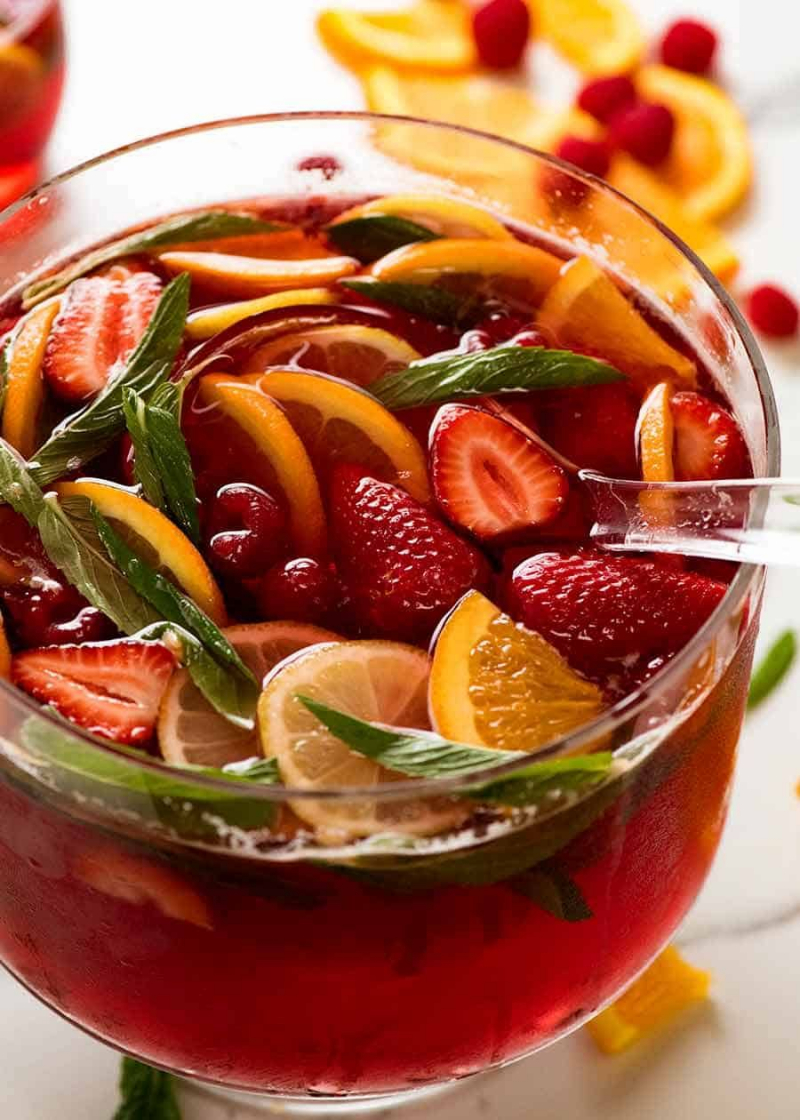
https://www.pinterest.com -
Had a ploughman's lunch before? As you can tell by the spelling, it's extremely British, but Americans could absolutely support it. It is extremely reminiscent of a charcuterie board with a focus on bread and cheese. A variety of meats, possibly hard-boiled eggs, salad, fruit, sauces, and other foods can also be included. It is assembled quite simply and is served chilled. You can typically get a filling ploughman's for less than 10 pounds in pubs that serve food.
Despite the food's rustic appeal and the name, which implies that it was a long-time mainstay of a farmer's diet, the ploughman's lunch's real purpose is marketing. The BBC and the UK's Milk Marketing Board partnered to promote cheese in the 1960s. The ploughman's lunch was originally referenced here in an effort to increase cheese sales, especially in taverns. Although bread and cheese have obviously been eaten together for a very long time, the concept of trying to sell it as a distinct item under this exact name is just roughly 60 years old.
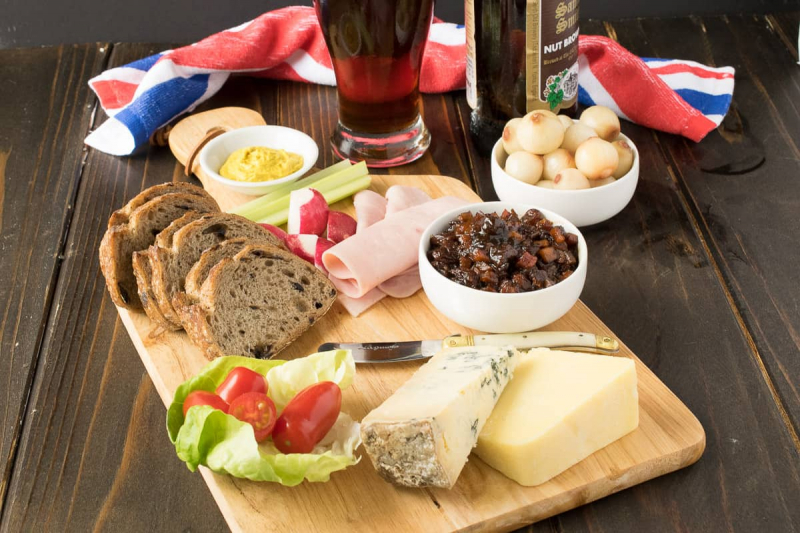
http://culinaryginger.com/ 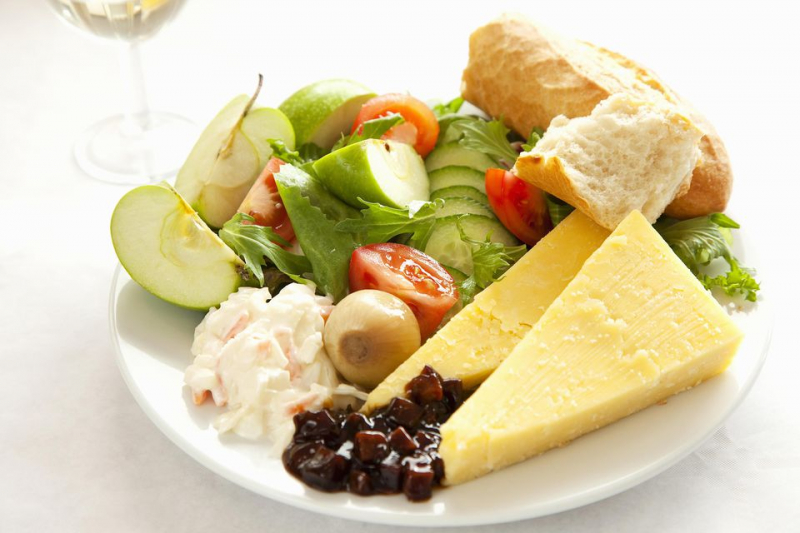
https://www.thespruce.com -
Dippin' Dots is referred to as the ice cream of the future. Since its release in 1988, the product has existed as a sort of specialised treat, sold primarily in amusement parks and theatres due to the fact that most commercial spaces are ill-equipped to preserve it.
The liquid ice cream mixture is flash frozen with liquid nitrogen to create Dippin' Dots as a result of this technique. It acquires the distinctive shape of tiny beads as a result. It must be kept at extremely low temperatures of -40 degrees in order to keep its integrity, and establishments like supermarkets and your home freezer cannot do that.
Ice cream was not a popular dessert at the time the product was created. Curt Jones, a microbiologist, was working to improve cattle feed. Tiny beads of various types of substances can be created using the same method used to create tiny ice cream beads. Jones merely believed that it may be cool to treat ice cream the same way. Despite the product's limited commercial viability on a large scale, it found a home in locations with the right climate control.
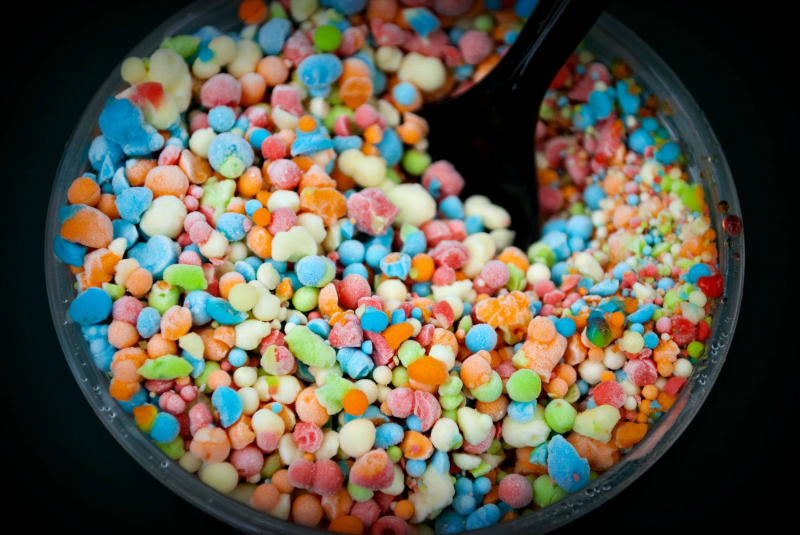
https://www.reddit.com/ 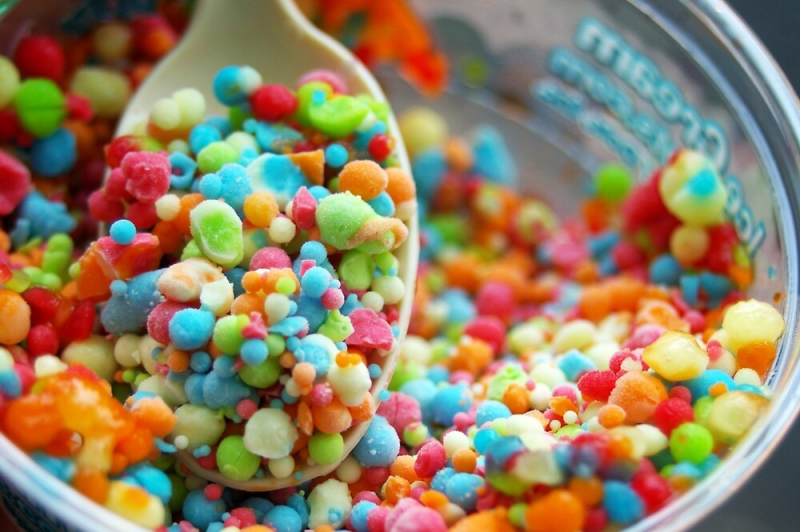
http://www.redbubble.com/ -
Pez, maybe the most well-known sweet in the world, was first produced in 1927. It was created by Edward Haas III and employed a novel method to compress peppermint flavour into the candy, saving money while maintaining quality. Pez were simply wrapped like any other candy because the creation of the Pez dispenser was still a few years away.
It could be argued that Haas didn't need to create any new candies to keep the company afloat since he had inherited it from his father. But he was motivated to create Pez for a reason rather than just as a fun pleasure. He believed that his innovative sweets may help smokers resist their cravings and was a strong opponent of smoking. He thought it may help him avoid overeating and was using it as a minty substitute for smoking. Today, the firm sells billions of Pez annually in more than 90 nations. There is no information on whether it works to discourage smoking, though.
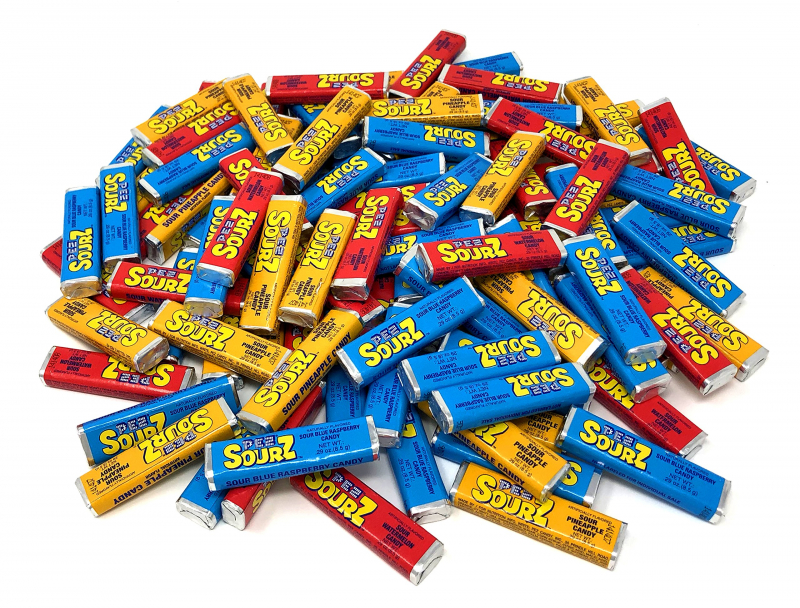
https://www.amazon.com 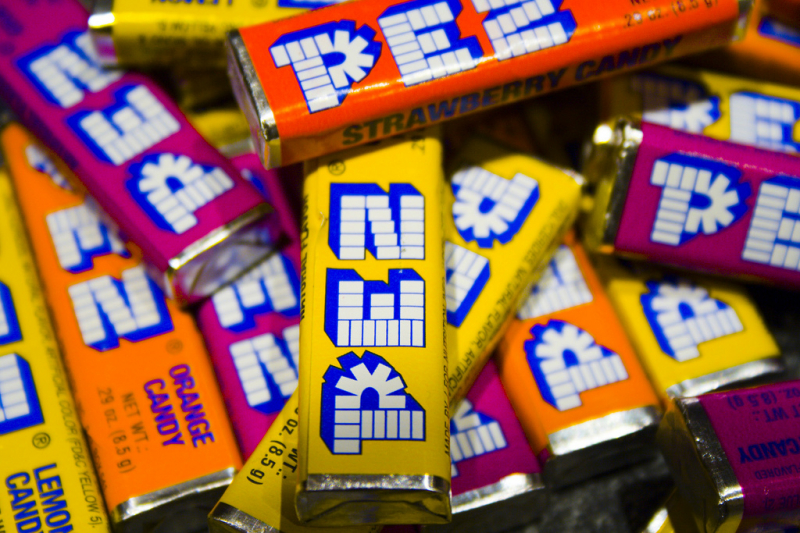
https://sweetdistractionselora.blogspot.com/ -
In 2018, 2.3 billion orders for chicken nuggets were placed by Americans. That excludes the nuggets people purchase from supermarkets and the nuggets they eat in any of the other 194 nations on the planet. As a result, a lot of nuggets are consumed worldwide. If you're a fan, please give Robert C. Baker your gratitude.
At Cornell University, Baker taught food science at a time when American food culture was changing as a result of World War II. Chicken was the only protein that was not rationed during the war when food was scarce. Americans were therefore engulfed in chicken for years. Chicken sales fell sharply after the rationing was lifted. People had had enough of it. They had been eating it for years, but making it was difficult.
It was time-consuming to butcher or prepare it because it was often sold as a whole chicken. To make chicken fresh and fascinating, Baker came up with a variety of ways to prepare and handle it. One of such concepts was nuggets. They utilised beef that could withstand freezing and frying and was frequently squandered in any case. It revitalised the poultry sector and saved a tonne of money and time.
Baker chose not to patent the concept on his end. He wanted it to be spread. As a result, other businesses were able to produce their own, and chicken nuggets saw a major renaissance during the 1970s campaign against red meat.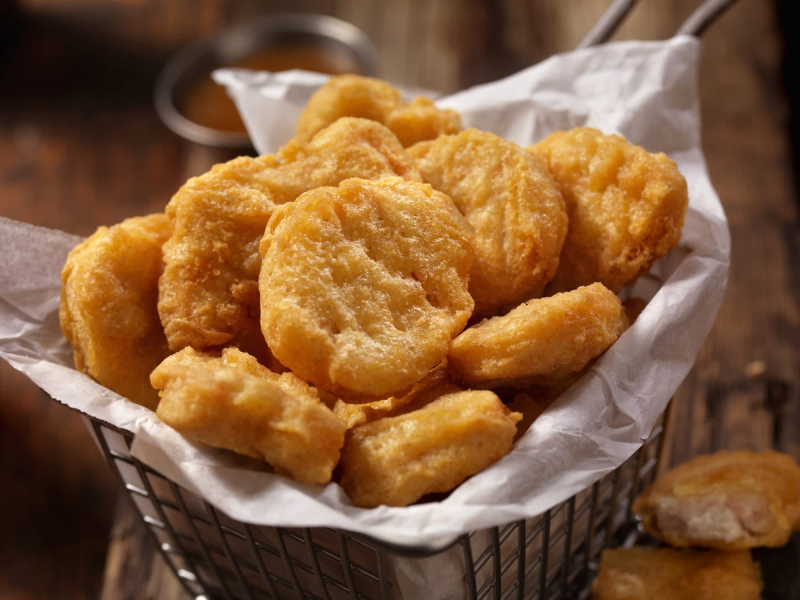
https://www.cnbc.com 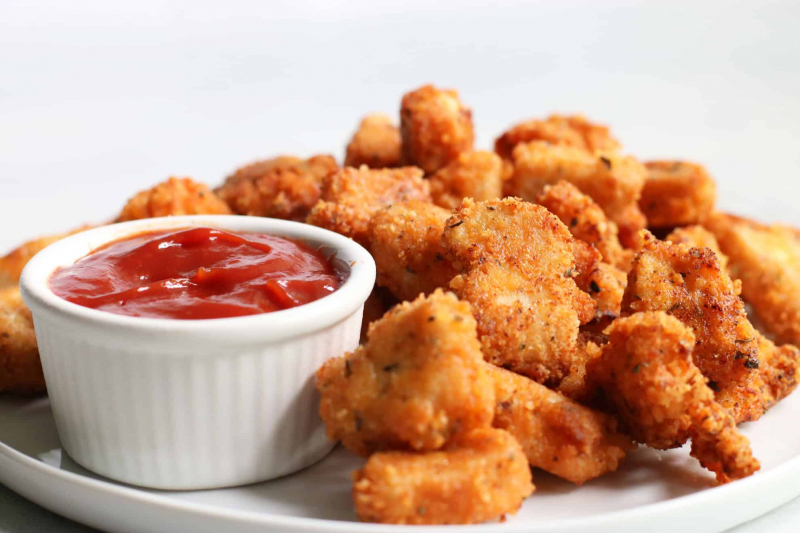
https://thetoastedpinenut.com -
If you aren't very interested in cuisine, you might not be aware that some dishes are the subject of snobbery. Distinct foods, like caviar and lobster, have a certain aura or reputation. However, cheese is a considerably more complex meal. Some people take cheese very seriously and have strong opinions about it, just like they do about wine. Cheese is a serious matter. For instance, a pound of pule donkey cheese costs roughly $600.
People who mock less expensive cheeses exist because cheese is so revered. They might even assert that items like the cheese slices you buy at the grocery store aren't really made of cheese. Although it's not quite true, this ignores the intriguing history of these cheeses.
Processed cheese called Velveeta is well known for melting readily and producing creamy sauces. When blocks of cheese cracked and parts fell off, dairy firms suffered significant financial losses around the start of the 20th century. Considering how useless those scraps were, Emily Frey came up with a way to combine them with whey and create a creamy, cheesy product. Is this cheese "real"? Indeed and no. Processed cheese isn't real cheese, just like a hamburger isn't a steak. However, the fundamental components are largely the same.
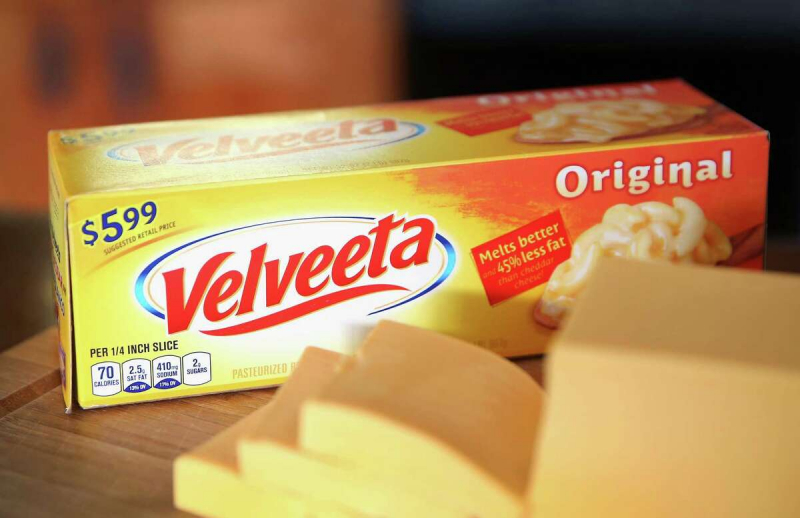
https://www.timesunion.com/ 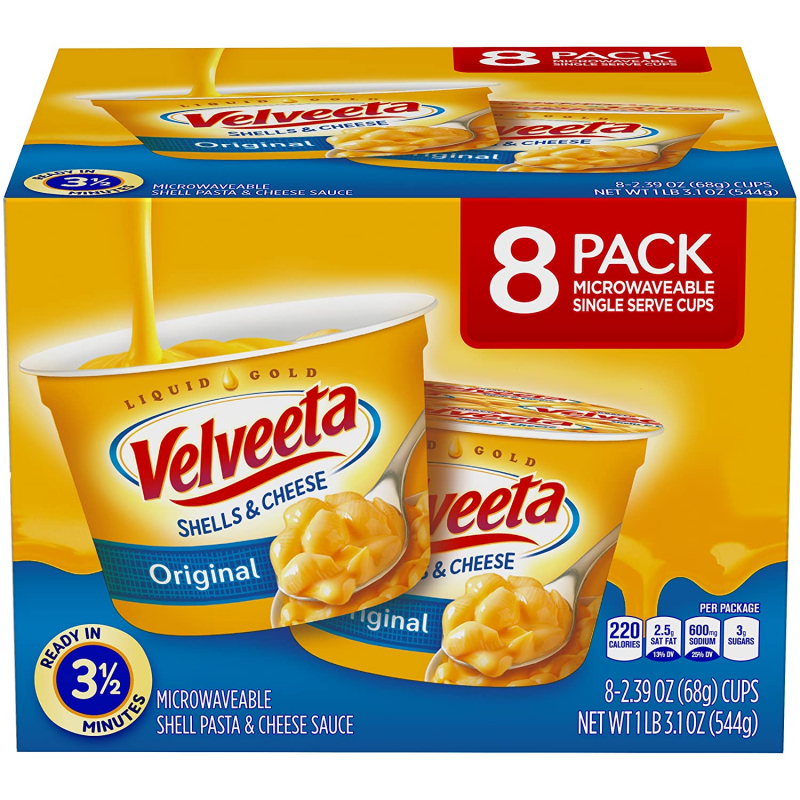
https://luckystore.uk/product/velveeta-original-microwavable-shells/ -
Everyone is familiar with Lucky Charms because they are miraculously wonderful whether you eat them or not and have always been since they were first released in 1964. Children have been instructed to consume their oat flakes combined with enchanted marshmallow forms by Lucky the Leprechaun for almost 60 years. They sold $283.4 million worth of them in 2018, so business appears to be booming. Where did the genius come from to put oddly crispy marshmallows in cereal?
Cheerios and circus peanuts are responsible for the creation of Lucky Charms. In the 1960s, product creator John Holahan was a huge lover of circus peanuts. If you're not familiar, they are peanut-shaped marshmallows that fall somewhere between the soft marshmallow you'd use for S'mores and the crunchy marshmallow you get in a box of Lucky Charms.
When Holahan was brainstorming new cereal concepts in 1963, he added chopped circus peanuts to a bowl of Cheerios. Because he was so proud of what he had created, he showed it to the influential people, and within a year, Lucky Charms were available in stores.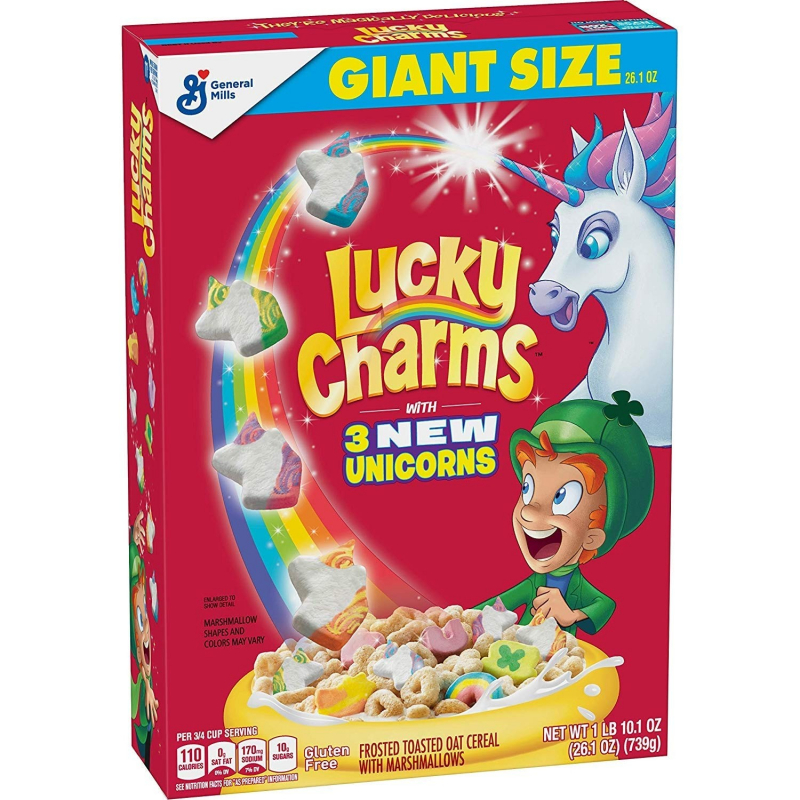
https://www.usfoodz.co.uk 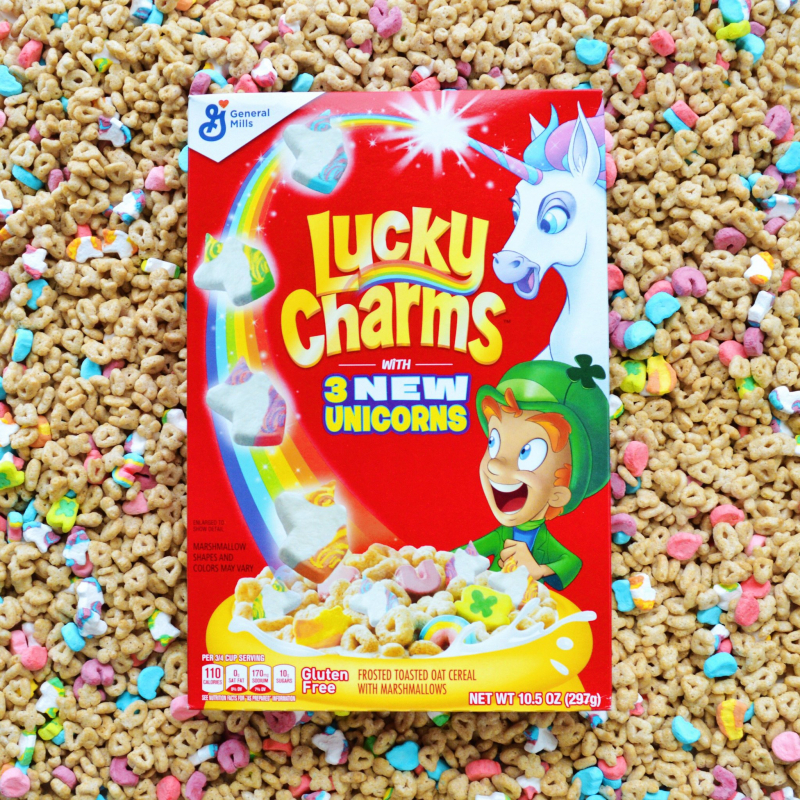
https://twitter.com












